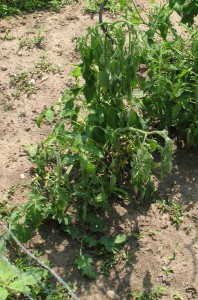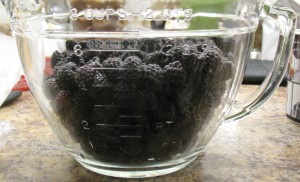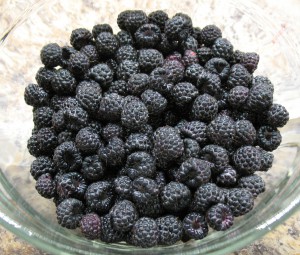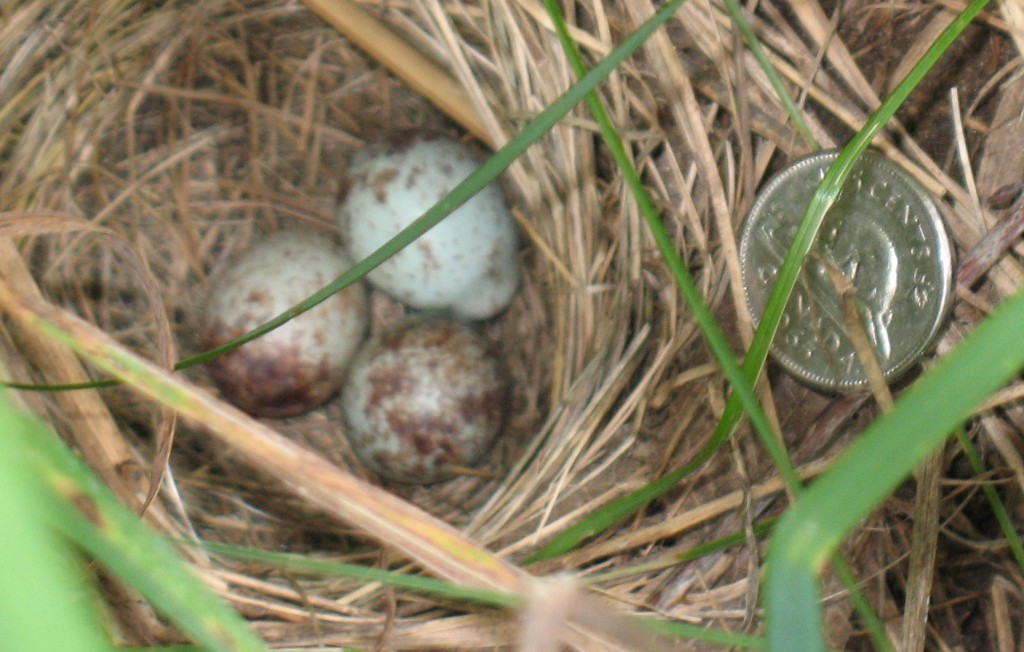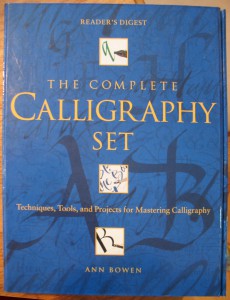 We’ve had this calligraphy set in our store for years, but we’ve never had any success using it. The problem we run into is that the ink does not wet the nibs and flow out properly; instead whatever ink gets on the nib just beads up in drops. This seems to happen no matter what ink we’ve tried (although I must admit this is definitely not a wide range, and in particular does not include oil-based inks).
We’ve had this calligraphy set in our store for years, but we’ve never had any success using it. The problem we run into is that the ink does not wet the nibs and flow out properly; instead whatever ink gets on the nib just beads up in drops. This seems to happen no matter what ink we’ve tried (although I must admit this is definitely not a wide range, and in particular does not include oil-based inks).
The set includes several pen nibs, a handle, brush, pencil, black ink, and three colours of watercolour paint. Along with these tools and materials, there is a book of projects and a separate book on technique. The latter mentions the problem of the ink not wetting the nibs and suggests that new nibs must be thoroughly cleaned with soap. We’ve tried this to no avail as well. I have to wonder if these particular nibs are coated with some sort of silicone, which would be resistant to soap.
One calligraphy book I recently leafed through at the local library suggested scorching new nibs in a candle flame to remove their water-repellant coating. This struck me as a poor solution, since too much heat would cause the steel in the nibs to lose their temper and thus their springiness.
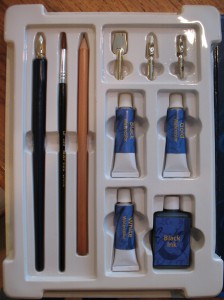
Tools and supplies included in the set

The four nibs (l-r): #5 roundhand, #3 roundhand, 8mm poster, and copperplate. The #5 has an ink reservoir clipped onto it which can be transferred to the other roundhand nib.
The nibs appear to be gold-plated, but rust on the shank of the #5 roundhand nib belies that fact that the underlying metal is plain (not stainless) steel. I don’t want to try the candle trick, but I would really like to get these working properly. I have a few solvents I can try to remove the coating, but if any of you have specific suggestions as to what to try…
I found one YouTube video that also suggests the scorching technique, but also rubbing alcohol, stabbing the nib into a raw potato repeatedly, and cleaning with toothpaste and an old toothbrush. Any of these might be viable on a copperplate nib, but the roundhand and poster nibs have internal surfaces that pretty much preclude any sort of mechanical cleaning. There is a big fat fingerprint clearly visible on the poster nib so clearly cleaning is a regular chore!
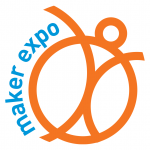 The local maker club, Kwartzlab, is spearheading a big event coming up on Saturday, September 19th, 2015 called Maker Expo. This free event centered around Kitchener City Hall will feature all kinds of people and organizations who make things, about 80 exhibitors in all. Show hours are 10am-6pm.
The local maker club, Kwartzlab, is spearheading a big event coming up on Saturday, September 19th, 2015 called Maker Expo. This free event centered around Kitchener City Hall will feature all kinds of people and organizations who make things, about 80 exhibitors in all. Show hours are 10am-6pm.


